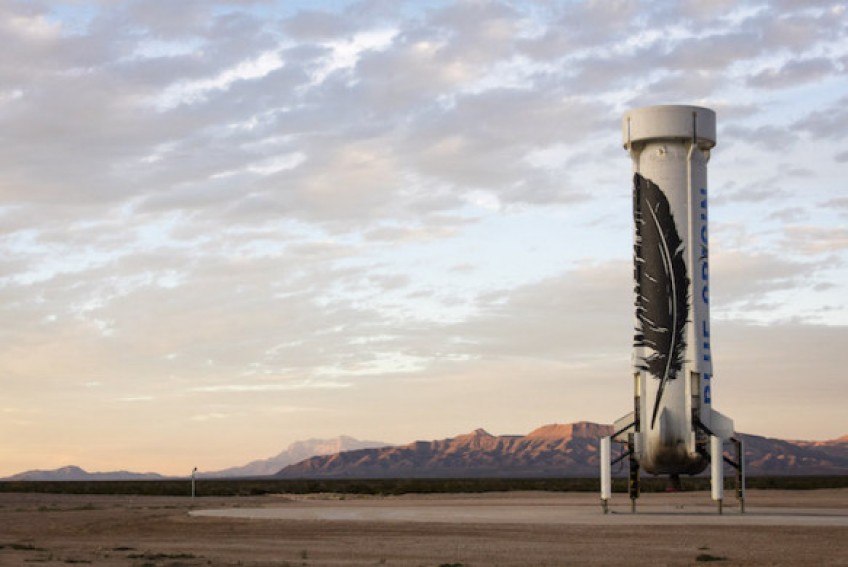NASA and Free Markets
Competition is the key to success, according to NASA’s former deputy administrator, Lori Garver.
Competition drives innovation, advances industries and increases safety. Examples from our past illustrate just how beneficial competition can be to innovation in the emerging private space industry. But to unleash the power of American innovation – the “free market” – we must avoid the pitfalls, as Ms. Garver warns, of a “socialized” space program.
Rather than learn from the positive examples of the past, it appears NASA prefers solely to control the deep space projects, such as missions to Mars, rather than encouraging private companies like SpaceX and Blue Origin to develop the technologies necessary for such missions.
Recent test results from Blue Origin illustrate the value of competition. Blue Origin recently launched a rocket to deliver a payload to a low space orbit, roughly 290,000 feet in altitude. After delivering the payload, the rocket returned to earth and successfully landed. Since the rocket successfully landed, Blue Origin will be able to use it in future launches. Reusable rockets, in turn, will save the company significant money.
But Blue Origin is not the only company trying to develop more affordable ways to launch payloads into space. It is in competition with other companies such as SpaceX, Virgin Galactic and Boeing.
This type of competition is reminiscent of airplane development in the 1930s-1960s. In those bygone days, the skies were filled with aircraft from a number of different manufacturers. The variety of aircraft manufacturers pushed innovation in the industry. The measure of success, according to one manufacturer, was “introducing new features previously unseen on passenger planes.”
Competition led to the development of iconic commercial airplanes such as the Lockheed Constellation, the Douglas DC series aircraft, and the Boeing Stratoliner. Competition also led to the development of historic wartime aircraft including the Curtiss P-40 Warhawk, the Republic P-47 Thunderbolt, the North American P-51, and the Lockheed P-38 Lightening.
Manufacturers developed “new features” and amenities we now take for granted, including the first plane with a pressurized cabin, the ability to fly at night and extended operating ranges. The Boeing Stratoliner, for example, was introduced in 1940. It could carry 33 passengers. It had a range of roughly 1,700 miles and a cruising speed of 215 mph. At the time of its introduction, the Stratoliner was the first airplane with a pressurized cabin, which allowed it to reach altitudes well above its competitors.
Compare that with the Lockheed Constellation, which was introduced commercially in 1946. The Constellation could carry 60-81 passengers, nearly twice that of the Stratoliner. It had a range between 2,300 and 3,995 miles, with a cruising speed of 327 mph. Variations of the Constellation, specifically the Super Constellation, were popular enough to remain in service until the 1990s.
Both the Stratoliner and the Constellation are antiquated when compared to one of the most widely used commercial planes today, the Boeing 737. A single 737-900ER can carry 177 passenger for a distance of 3,200 miles, at a cruising speed of 543 mph.
Given the history of air travel, it is not difficult to imagine a day when people look back with fondness on SpaceX, Blue Origin or Virgin Galactic. It is not difficult to foresee a day when the space craft developed by those companies take their places in museums alongside the Stratoliners and Constellations.
For these grand visions of innovation to occur, though, Ms. Garver’s advice needs to be heeded. The government should recognize private industry as a driver of these technologies and encourage private companies to develop safe, successful systems.
Competition created the iconic aircraft of the 1930s-1960s and drove innovations in safety, passenger capacity and distance. Competition – the free-market – can do the same for deep space exploration, if NASA allows it. While gone are the days of Howard Hughes, Glen Martin and the Wright Brothers, the days of Elon Musk, Jeff Bezos and Richard Branson may very well be upon us.

